odp
1 to 24 of 298 locations
-
Asschatterkeerkade Leusden
Asschatterkeerkade Leusden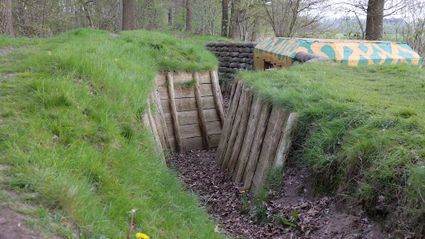
3831 JP Leusden
-
Museum Bunker
Museum Bunker
3831 RZ Leusden
-
Mondriaan House
Mondriaan House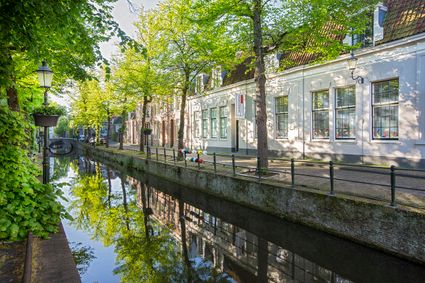
3811 KG Amersfoort
-
Museum Flehite
Museum Flehite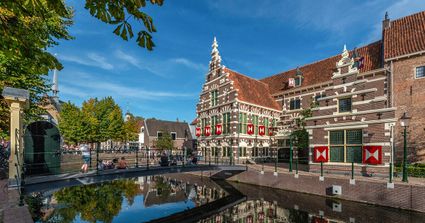
3811 BC Amersfoort
-
Kersenmuseum (cherry museum)
Kersenmuseum (cherry museum)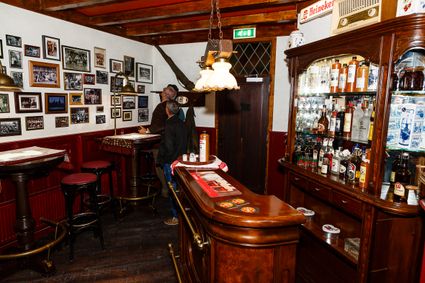
Groenewoudseweg 18
3945 BC Cothen
-
Waterline Museum Fort Vechten
Waterline Museum Fort Vechten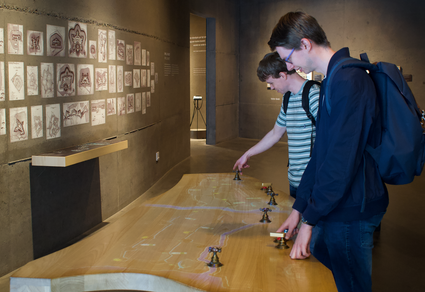
3981 HA Bunnik
-
Fort bij Vechten
Fort bij Vechten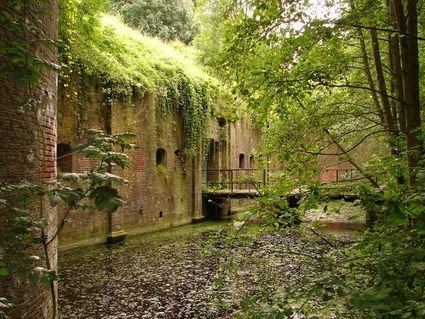
3981 HB Bunnik
-
Duurstede Castle
Duurstede Castle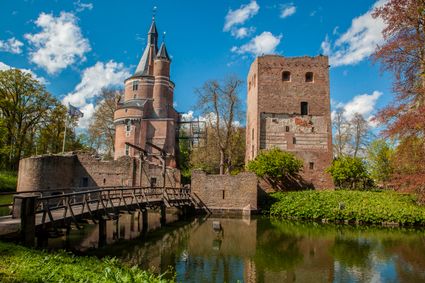
3961 AB Wijk bij Duurstede
-
't Veerhuys
't Veerhuys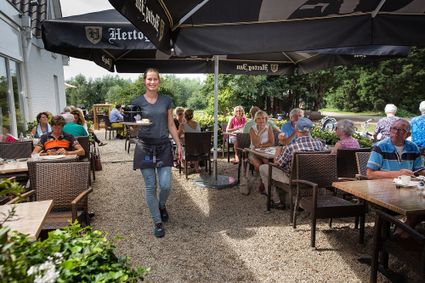
4112 PC Beusichem
-
Fort Werk aan de Korte Uitweg
Fort Werk aan de Korte Uitweg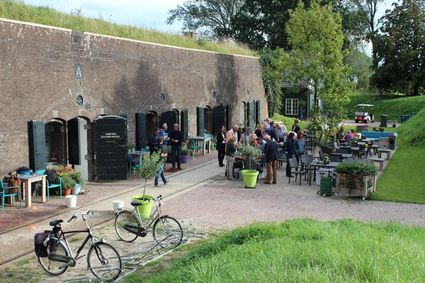
3999 WL Houten
-
The Botanical Gardens
The Botanical Gardens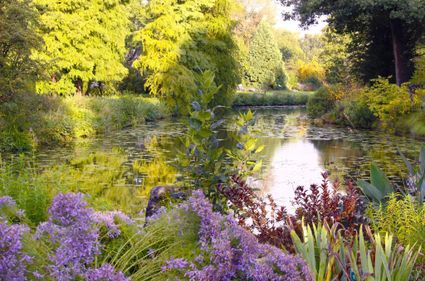
3584 CD Utrecht
-
Boerderij -Landwinkel Nieuw Slagmaat
Boerderij -Landwinkel Nieuw Slagmaat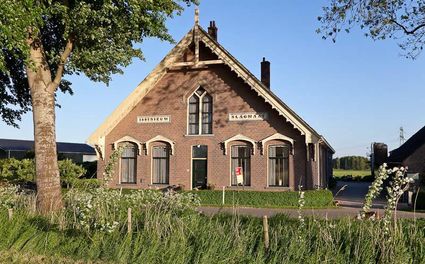
3981 HE Bunnik
-
Rietveld Schröderhuis
Rietveld Schröderhuis
The Rietveld Schröder House is the architectural highlight of the art movement De Stijl. The house was designed by the Utrecht architect and designer Gerrit Rietveld, commissioned by widow Truus Schröder in 1924. The house is not only designed but also decorated by Gerrit Rietveld (1888 – 1964).
De Stijl
The house is designed according to the principles of De Stijl. Characteristic for De Stijl are the seamless transitions from inside to out, by breaking open the closed walls. The use of primary colours red, blue and yellow (besides white, grey and black) is also part of this art movement.Truus Schröder was deeply involved in the location and design of the house. She had a clear view on the way she wanted to live. Soberness, for example, was fundamental, as she wanted to live in the active sense and not be lived. This resulted in a large and bright living area which can be partitioned into different spaces using flexible walls.
Through the years, Rietveld did several adjustments to the building, but after the passing of Truus Schöder in 1985, the house was restored and brought back to original state. The Rietveld Schröderhuis consist lots of original furniture by Rietveld. For example the zigzag chair and the famous red-blue chair.
Accessibility
Unfortunately the Rietveld Schröder House is not accessible for wheel chairs, prams and strollers.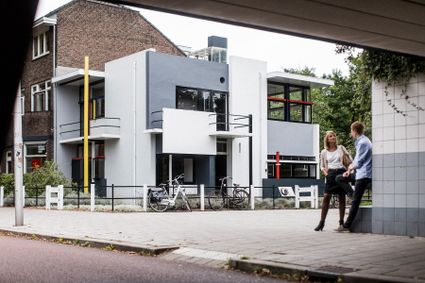
3512XC Utrecht
-
-
Wiel van Bassa
Wiel van Bassa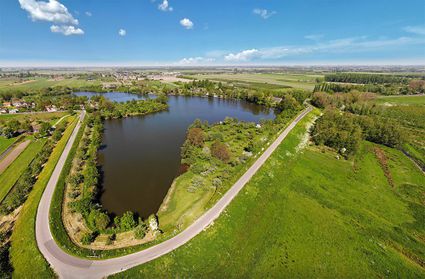
Diefdijk
-
Dom Tower
Dom Tower
3512 JC Utrecht
-
Landgoed Zuylestein
Landgoed Zuylestein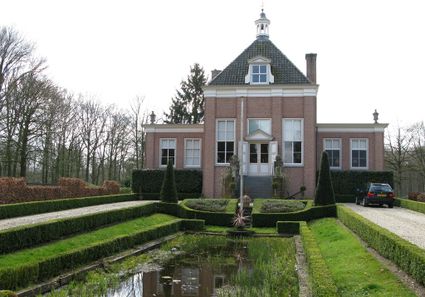
3956 CH Leersum
-
National Military Museum
National Military Museum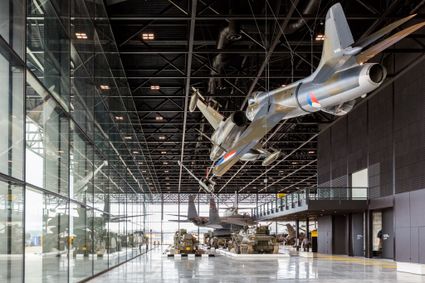
3768 MX Soest
-
TOP Leerdam
TOP Leerdam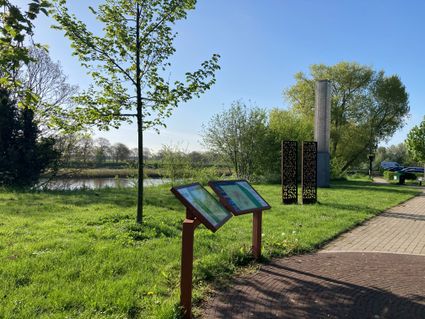
Lingedijk 8
4142 LD Leerdam
-
Woudschoten Hotel & Conferentiecentrum***
Woudschoten Hotel & Conferentiecentrum***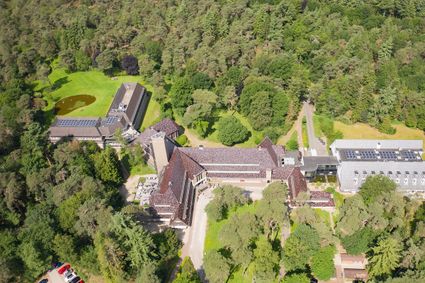
3707 HX Zeist
-
Brouwerij Maximus
Brouwerij Maximus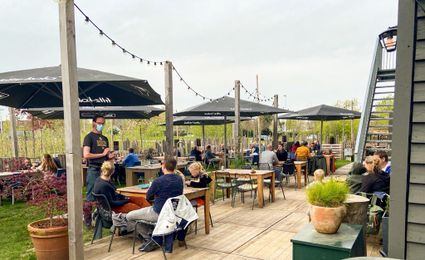
3454 NA Utrecht
-
Geesberge country estate
Geesberge country estate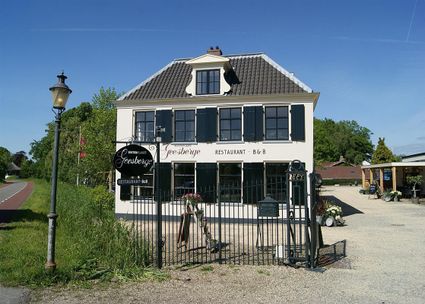
3601 NA Maarssen
-
Glass studio
Glass studio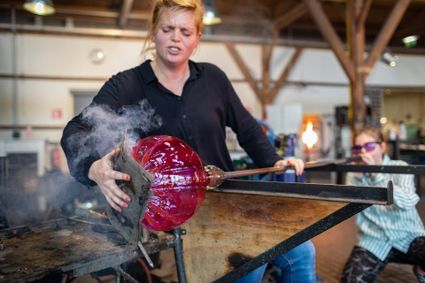
Zuidwal
4141 BE Leerdam
-
The Monnikendam
The Monnikendam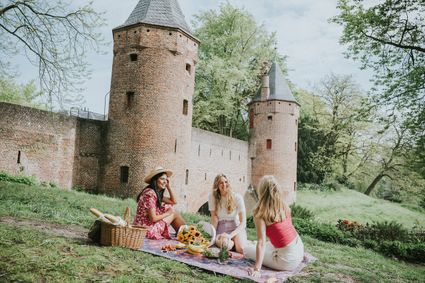
3811 HH Amersfoort
-
De Wildenburg pancake farm
De Wildenburg pancake farm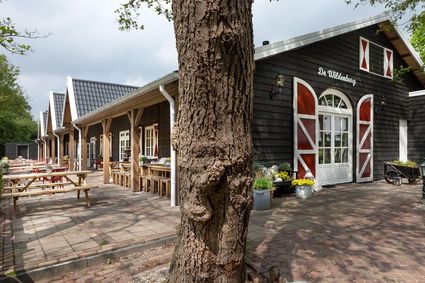
3744 MK Baarn
- Current page1
- Go to page2
- Go to page3
- Go to page4
- Go to page5
- …
- Go to page13
- Go to the next page

